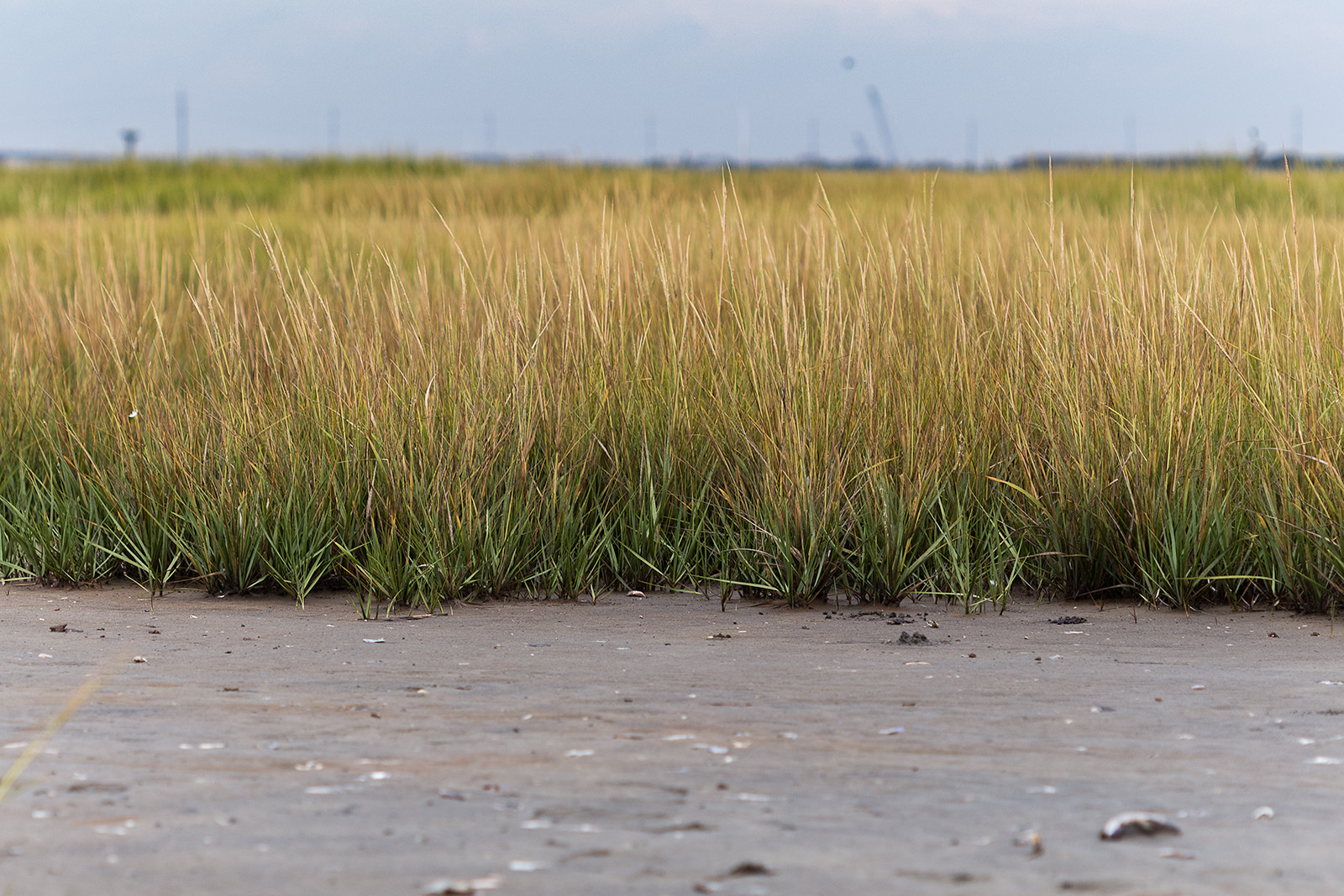It’s all about the mud.
Following our release of a “best ever” map of tidal marshes (call them saltmarshes if you prefer, it’s approximately the same), in a new paper in the journal Nature Communications we’ve now calculated how much carbon is packed away in their soils.
Tidal marshes are globally distributed, but for those of us working in the academic and financial hotspots of North America, Europe and East Asia these are our ecosystems. They peak in abundance and in diversity all around our crowded coastlines, a green carpet flourishing on low level muds that stretch out from our estuaries and sheltered shores.
They may lack the buzz of coral reefs or the grandeur of tall, dense mangrove forests, but tidal marshes are among the hyper-productive ecosystems of our planet. The waterlogged mud, rich nutrients, fresh sediments and tidal flushing mean that the grasses and herbs which grow here grow freely, and fast.
About that Tidal Marsh Mud
Tidal marshes may not build forests, but they do build soil. And in that soil they trap, deposit and secure carbon. Furthermore, because that soil is both perpetually wet and salty, the carbon doesn’t rot and it doesn’t give off methane (a potent greenhouse gas). The carbon just builds up, and up, and up. Mangroves are the same. They are the world’s best carbon scrubbers.
Field scientists the world over have driven cores into these muds and measured the carbon they contain. It’s a lot, but it is also a history lesson. Some of this carbon goes back decades, even centuries.
If only there was enough of them, this could solve our climate change problem very quickly, extracting the CO2 from the air, converting it to organic matter, then packing it away, every day, year on year.
I’m Manas Ranjan Sahoo: Founder of “Webtirety Software”. I’m a Full-time Software Professional and an aspiring entrepreneur, dedicated to growing this platform as large as possible. I love to Write Blogs on Software, Mobile applications, Web Technology, eCommerce, SEO, and about My experience with Life.






